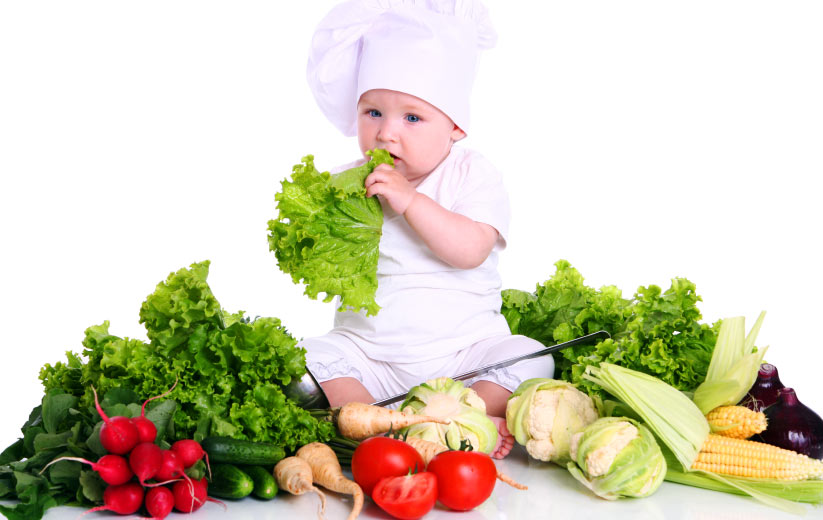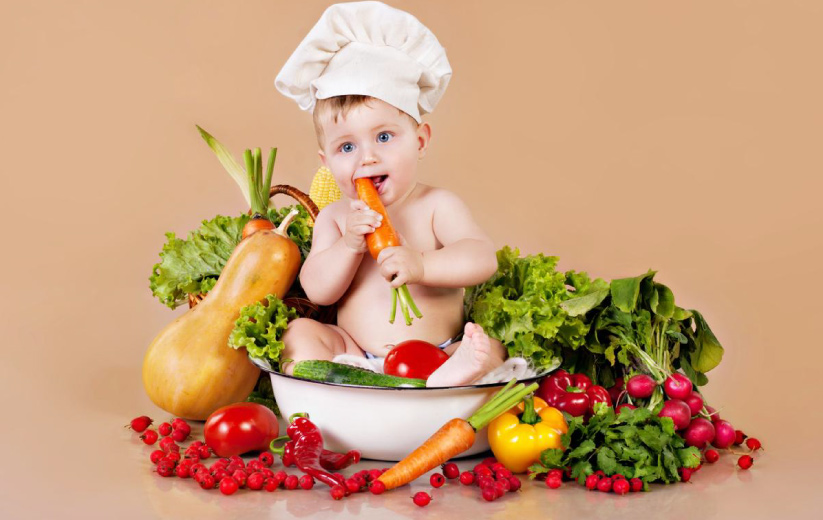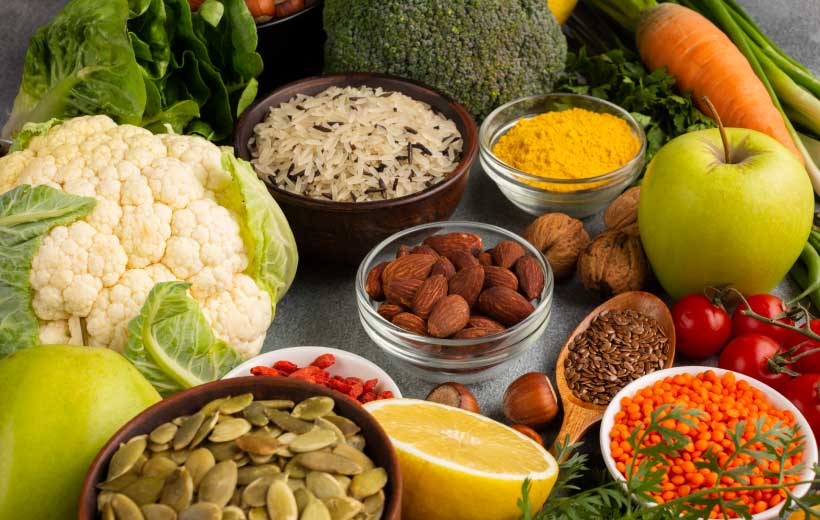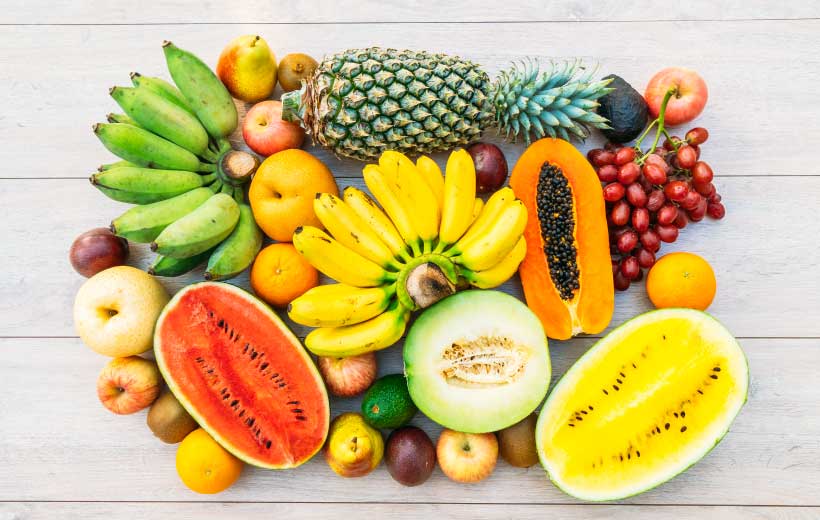Every parent wants their child to grow up on a healthy diet – and it’s hard to think of healthier food than vegetables to add to a child’s meal. Because vegetables, full of complex carbs, fiber, vitamins, minerals, and antioxidants. But you always ask the question: Can you get kids to enjoy eating vegetables? This article will help you choose vegetables that your kids love.
Vegetables are good for babies
For babies just starting to enter the complementary feeding phase (about 6 months or so), what vegetables are good for the baby to eat? You can try using the following vegetables:
Vegetables are good for babies to eat weaning. Carrots are a staple food for children. After the carrots are cooked, the carrots will be pureed to create a beautiful mixture and not too harsh for the sensitive palate of children.
Plus, carrots are packed with fiber to promote healthy digestion, as well as beta carotene, which converts into vitamin A to boost eyesight and immune function.
2. Spinach
Vegetables are good for babies. In addition to a diverse nutritional composition, the leaves of spinach are rich in iron – a nutrient that babies especially need for energy and growth.
Cooked, pureed spinach is best for young children. You can add a little salt to enhance the taste.
3. Pumpkin
Pumpkins may remind you of cold weather and falling leaves, but with the canned variety, kids can enjoy gourds any time of the year. The smooth texture of pumpkin puree is considered one of the ideal first foods for babies, and it is rich in vitamin A.
4. Butter
Butter contains a very special monounsaturated fatty acid composition. The important macronutrients found in avocados can help develop your baby’s brain and nervous system, as well as enhance absorption of fat-soluble vitamins vitamin A, vitamin D, and vitamin C. E and vitamin K. What’s more, a serving of avocados often contains large amounts of fiber and folate.
5. Sweet potato
Mashed sweet potatoes after cooking not only make it easy for your child to eat, but they also contain many nutrients. Similar to carrots and squash, sweet potatoes are packed with vitamin A, which supports the immune system and vision, along with plenty of fiber, manganese, vitamin B6, and vitamin C.
6. Peas
Soft peas may not be a favorite food choice for adults, but peas can be viewed as a great choice for children. These little green balls are among the highest in protein, with 4 grams per serving.
To prepare peas simply steam the frozen peas and mix until pureed. You can even add a bit of breast milk to give the pea mixture a thicker consistency.
7. Broccoli
With cancer-fighting compounds and rich micronutrients, broccoli is known as an extremely healthy vegetable for people of all ages.
Give your baby this cruciferous superfood by offering her own steamed or grilled broccoli, or adding broccoli to pasta dishes, baked cheese fries, or even potato soup. cool to room temperature.

8. Zucchini
When the summer months come, take advantage of a bumper zucchini crop by feeding your baby some. Summer-harvested zucchini and yellow squash provide a mild flavor and nutrients like Manganese, potassium, and vitamin A.
Feed your baby either cooked, seeded zucchini with tomato sauce or thinly sliced and sautéed with a little olive oil.
Maybe after a while, your child can use all kinds of tomato-based foods like pizza and pasta with marinara. Now, you can use fresh tomatoes to make food for your kids.
The abundant water content for hydration plus vitamins C and A increase the value of tomatoes as a healthy first vegetable.
10. Onion
Due to the pungent taste of onions, you can avoid giving onions to your child. But the aromatic allium compounds contained in onions can be seen as a great way to add flavor to a child’s diet without the sodium. Try cooking onions in casseroles or mixing them with other vegetables.
You can help get your baby started on solids by giving her plenty of opportunities to choose her favorite veggies. You can incorporate four of these easy-to-handle, bite-sized veggies in a baby-led weaning (BLW) diet.
11. Bell pepper
Bell peppers contain more vitamin C than oranges! Vitamin C is quite important and its role not only strengthens the immune system, but it also acts as an anti-inflammatory antioxidant.
Help improve your child’s health by letting them eat their own diced bell peppers. If the taste of chili causes a negative reaction in your child, try pairing it with cheese.
12. Cucumber
There’s nothing as refreshing as a crisp, cool cucumber. The cooling sensation of these vegetables can be especially soothing for a teething baby’s gums. To reduce the risk of choking, peel cucumbers and cut them into small pieces as part of a baby-led weaning diet.
Follow the website ongreenbeauty.com to get more health, nutrition, and beauty information to protect the health of yourself and your loved ones in your family.




